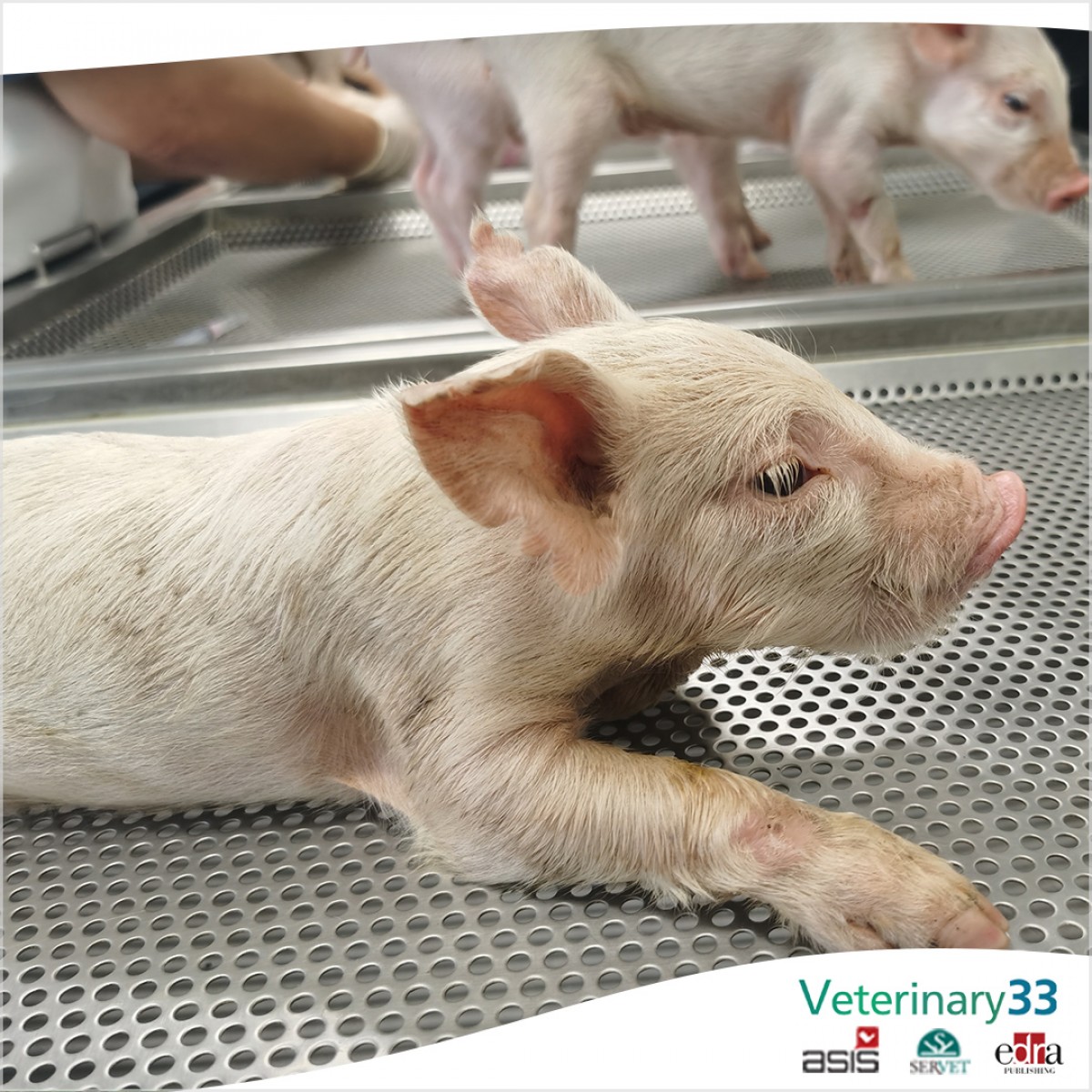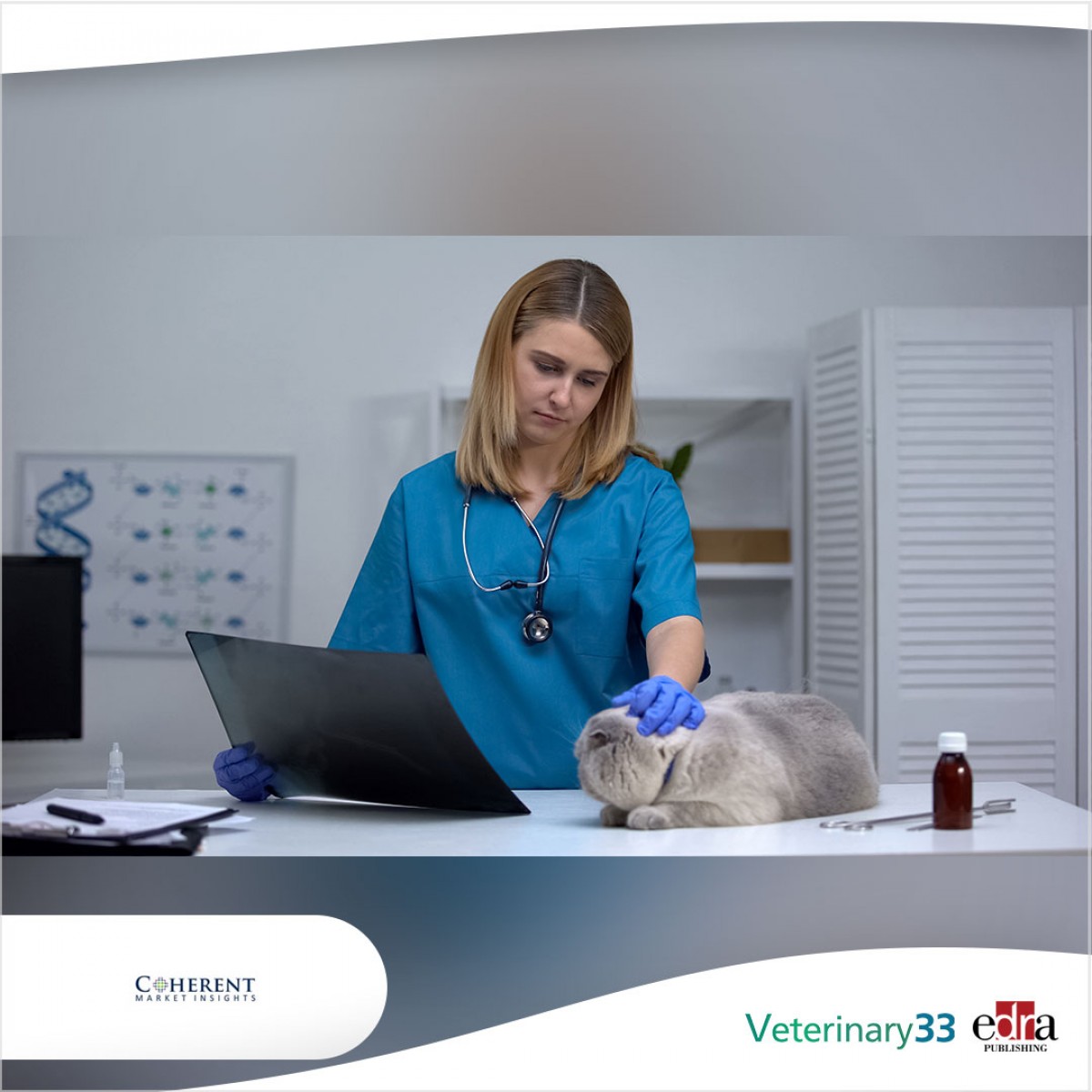New Drugs to Treat Swine Respiratory Disease
Swine respiratory disease (SRD) often involves multiple diseases and co-infections that can greatly impact a pig producer’s profitability. SRD causes approximately 44% of nursery pig deaths and 61% of grower/finisher pig deaths, costing producers up to $15 a head. SRD is the leading cause of swine mortality in the United States, and also results in issues such as increased days to market, lower feed efficiency, higher cull rates, higher treatment costs, and increased sort loss, costing the swine industry more than $1 billion a year.
Common SRD bacterial pathogens include Mycoplasma hyopneumoniae, Actinobacillus pleuropneumoniae, Bordetella bronchiseptica, Pasteurella multocida, Streptococcus suis, and Glaelsserella parasuis. Since January 2022, the Food and Drug Administration (FDA) has approved five new generic antibiotics to treat SRD. The 1988 Generic Animal Drug and Patent Term Restoration Act (GADPTRA) amendment to the Federal Food, Drug, and Cosmetic Act (FD&C Act) allows submission of an abbreviated new animal drug application (ANADA) for a generic version of an approved new animal drug (RLNAD). The ANADA sponsor must show that their generic product is bioequivalent to a safe, effective RLNAD. Effectiveness, target animal safety, and human food safety data are not required for approval of generic products.
Tilmovet aqueous concentrate
Tilmovet’s active ingredient is tilmicosin phosphate in a 250 mg/mL concentration, and this drug was approved by the FDA on January 25, 2022, to control SRD associated with P. multocida and H. parasuis in swine populations in buildings where a respiratory disease outbreak had occurred. In addition, Tilmovet can be used to control SRD associated with M. hyopneumoniae when porcine reproductive and respiratory virus (PRRSV) is present in swine populations on farms where a respiratory disease outbreak is diagnosed.
Tilmovet, which is sponsored by Huvepharma EOOD, is a generic version of Pulmotil aqueous concentrate that the FDA approved for swine use in February 2014. Tilmovet contains the same active ingredient in the same concentration and dosage form as Pulmotil, and contains no inactive ingredients that may affect the active ingredient’s bioavailability. A note regarding human safety is included in the product labeling. In humans, tilmicosin can cause chest pain, increased heart rate, dizziness, headache, and nausea, and death has been reported if the drug is ingested or injected.
Increxxa 25
Increxxa 25’s active ingredient is tulathromycin in a 25 mg/mL concentration. The FDA approved this drug on February 7, 2022, to treat SRD associated with A. pleuropneumoniae, P. multocida, B. bronchiseptica, H. parasuis, and M. hyopneumoniae. In addition, Increxxa can be used to control SRD associated with A. pleuropneumoniae, P. multocida, and M. hyopneumoniae in swine populations where SRD has been diagnosed. Sponsored by Elanco US Inc., Increxxa 25 is a generic version of Draxxin 25, which was approved for swine use on July 9, 2013. Increxxa 25 contains the same active ingredient in the same concentration and dosage form as Draxxin 25, and contains no inactive ingredients that may affect the active ingredient’s bioavailability.
Arovyn
Arovyn’s active ingredient is tulathromycin in a 100 mg/mL concentration, and the FDA approved the drug on February 9, 2022, to treat SRD associated with A. pleuropneumoniae, P. multocida, B. bronchiseptica, H. parasuis, and M. hyopneumoniae. In addition, Arovyn can be used to control SRD associated with A. pleuropneumoniae, P. multocida, and M. hyopneumoniae in swine populations where SRD has been diagnosed. Sponsored by Intervet, Inc., Arovyn is a generic version of Draxxin injectable solution, which was approved for swine use on May 24, 2005. Arovyn contains the same active ingredient in the same concentration and dosage form as Draxxin injectable solution, and contains no inactive ingredients that may affect the active ingredient’s bioavailability.
Tulieve
Tulieve, which is a product similar to Arovyn, has tulathromycin as the active ingredient in a 100 mg/mL concentration, and was approved by the FDA on March 23, 2022, to treat SRD associated with A. pleuropneumoniae, P. multocida, B. bronchiseptica, H. parasuis, and M. hyopneumoniae. In addition, Tulieve can be used to control SRD associated with A. pleuropneumoniae, P. multocida, and M. hyopneumoniae in swine populations where SRD has been diagnosed. Sponsored by Norbrook Laboratories, Ltd., Tulieve is another generic version of Draxxin injectable solution.
Tenotryl
Tenotryl, whose active ingredient is enrofloxacin in a 100 mg/mL concentration, was approved by the FDA for use in swine on March 28, 2022, to treat and control SRD associated with A. pleuropneumoniae, P. multocida, H. parasuis, S. suis, B. bronchiseptica, and M. hyopneumoniae. In addition, Tenotryl can be used to control colibacillosis in weaned pig populations where colibacillosis associated with Escherichia coli has been diagnosed. Sponsored by Virbac AH, Inc., Tenotryl is a generic version of Baytril 100 injectable solution that was approved for swine use on March 14, 2008. Tenotryl contains the same active ingredient in the same concentration and dosage form as Baytril, and contains no inactive ingredients that may affect the active ingredient’s bioavailability.
These five new generic antibiotics will provide swine veterinarians and producers with more options to address SRD infections. Hopefully, these products will add to the arsenal to help control disease before severe losses occur.










List
Add
Please enter a comment